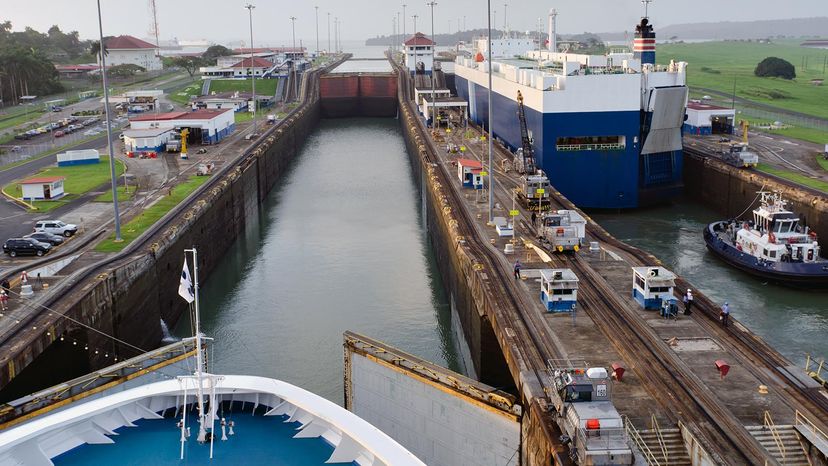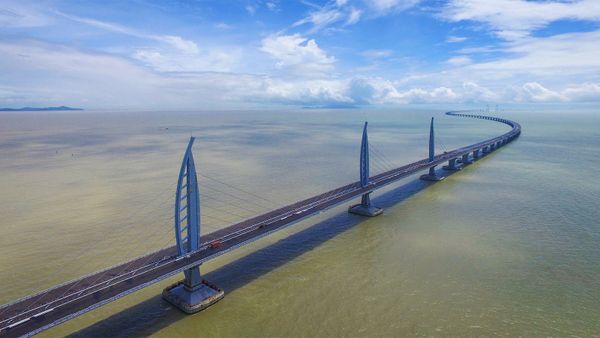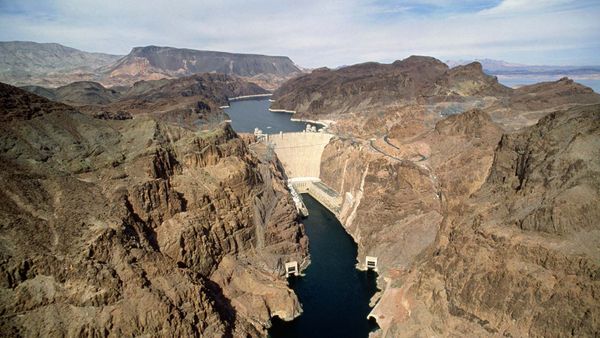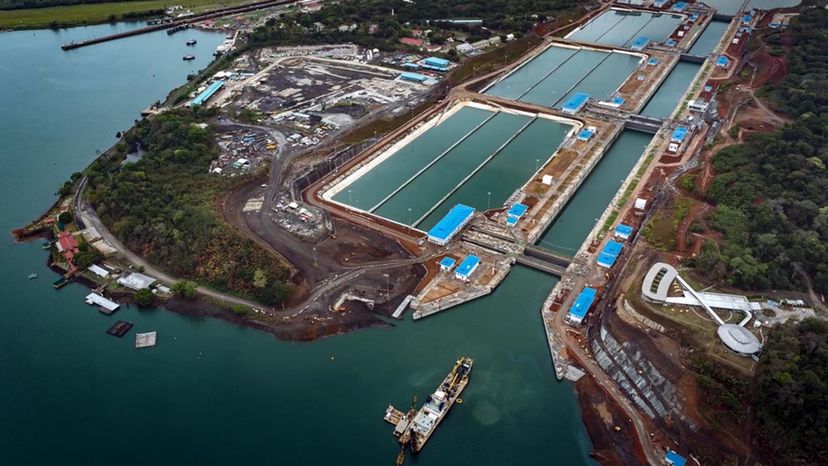
In the heated jungles of Central America in the early 1900s, thousands of workers toiled in the rain and mud trying to cleave Panama in half in order to join the Pacific Ocean with the Caribbean Sea. The difficult, dirty work involved more than digging and dynamiting, though. Working on the Panama Canal in the early days was about simply surviving.
But for all the groundbreaking engineering feats accomplished in creating the Panama Canal — one of the American Society of Civil Engineers' seven Modern World Wonders — it was a decision that dealt more with man than machine that proved most critical.
Advertisement
Thousands of workers — perhaps as many as 22,000 — died while the French first tried to dig the canal. Yellow fever was rampant, as was malaria. On-job accidents killed and maimed. Close to 80 percent of the workforce was fleeing when the Americans took over the job in 1903.
When famed engineer John Frank Stevens arrived in 1905, his first job was to stop the carnage. And that meant accepting the relatively new idea that controlling mosquitoes — a measure favored by U.S. Army physician William Crawford Gorgas — would make the job site safer.
"Men of that era couldn't conceive of a mosquito being able to kill a strong man. They just couldn't respect that," says J. David Rogers, a professor of geological engineering at Missouri University of Science & Technology. "The thing you had to conquer to make that project work was the sanitation issues."
With Gorgas' guidance and under Stevens' orders, swamplands were drained and grasslands close to workers were cut to control the mosquitoes. Insecticides were used. Workers' quarters were screened. Adult mosquitoes were captured. Quinine was administered to the men. The result: Yellow fever in the area was all but eradicated. And, according to the Centers for Disease Control and Prevention, deaths from malaria in the total population were reduced from a maximum of 16.21 per 1,000 in July 1906 to 2.58 per 1,000 in December 1909.
That medical success paved the way for the engineering marvel that followed.
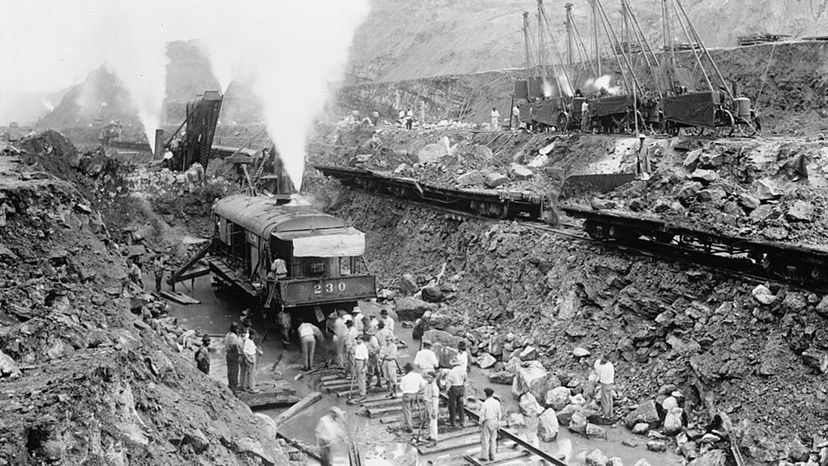
Advertisement
